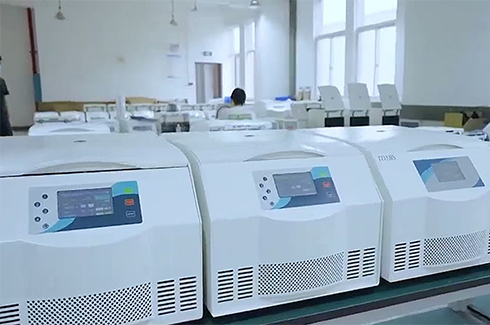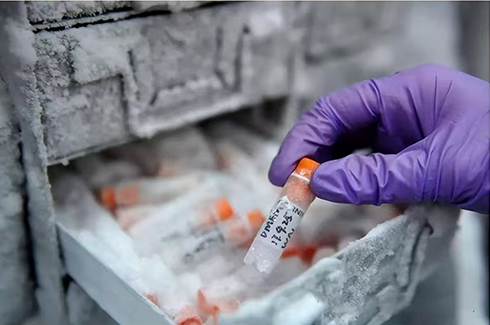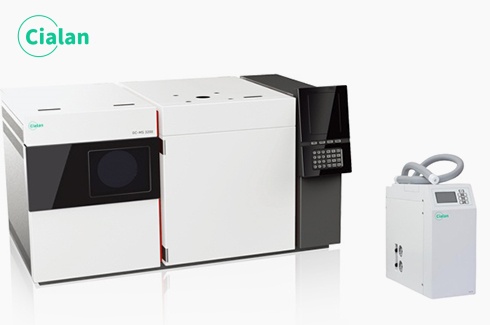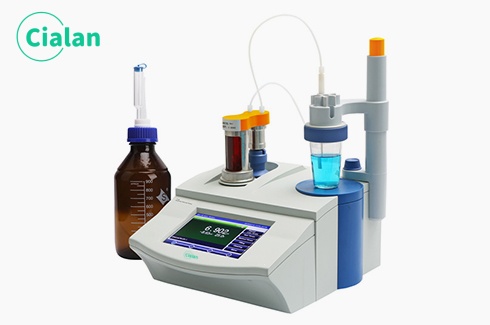What is a thin film distillation?
What is a thin film distillation?
Thin film evaporator is a heat transfer equipment commonly used in chemical, pharmaceutical, food and other industries. Its main principle is to use heat to convert liquid into steam, and then condense the steam back into a liquid state through a membrane to achieve concentration and purification of materials.

Advantages of thin film evaporators.
1. Due to its low operating temperature, it can avoid damage to materials caused by high temperature.
2. The evaporator has a high heat transfer coefficient, so it can complete the concentration and purification of materials in a short time.
3. The evaporator has the advantages of small footprint and simple operation, so it is widely used in various fields.
The structure and principle.
The structure of a thin film evaporator usually consists of a heated evaporation tube, a thin film condenser and a vacuum system. Specifically, the material is fed into the heated evaporation tube and converted into steam under the action of heating. The steam then enters the film condenser and is condensed into liquid under the action of the film. In this way, the material can be concentrated and purified.
Precautions for operating thin film evaporators.
During the operation of this evaporator, you need to pay attention to the following points. First, since the film condenser is usually set up in a vacuum chamber, the vacuum system needs to be maintained to ensure its normal operation. Secondly, when heating materials in the heating evaporation tube, the temperature needs to be controlled to avoid overheating the materials, causing them to decompose or deteriorate. In addition, in order to avoid premature damage to the film, suspended particles and insoluble substances in the material need to be reduced as much as possible.
Application areas of thin film evaporators.
Thin film evaporator is an efficient and stable heat transfer equipment, widely used in various fields. In practical applications, it is necessary to select appropriate film materials and operating conditions according to the characteristics of the material and process requirements to ensure its normal operation and achieve the expected results.

Thin film evaporator is a heat transfer equipment commonly used in chemical, pharmaceutical, food and other industries. Its main principle is to use heat to convert liquid into steam, and then condense the steam back into a liquid state through a membrane to achieve concentration and purification of materials.

Advantages of thin film evaporators.
1. Due to its low operating temperature, it can avoid damage to materials caused by high temperature.
2. The evaporator has a high heat transfer coefficient, so it can complete the concentration and purification of materials in a short time.
3. The evaporator has the advantages of small footprint and simple operation, so it is widely used in various fields.
The structure and principle.
The structure of a thin film evaporator usually consists of a heated evaporation tube, a thin film condenser and a vacuum system. Specifically, the material is fed into the heated evaporation tube and converted into steam under the action of heating. The steam then enters the film condenser and is condensed into liquid under the action of the film. In this way, the material can be concentrated and purified.
Precautions for operating thin film evaporators.
During the operation of this evaporator, you need to pay attention to the following points. First, since the film condenser is usually set up in a vacuum chamber, the vacuum system needs to be maintained to ensure its normal operation. Secondly, when heating materials in the heating evaporation tube, the temperature needs to be controlled to avoid overheating the materials, causing them to decompose or deteriorate. In addition, in order to avoid premature damage to the film, suspended particles and insoluble substances in the material need to be reduced as much as possible.
Application areas of thin film evaporators.
Thin film evaporator is an efficient and stable heat transfer equipment, widely used in various fields. In practical applications, it is necessary to select appropriate film materials and operating conditions according to the characteristics of the material and process requirements to ensure its normal operation and achieve the expected results.

Prev :














